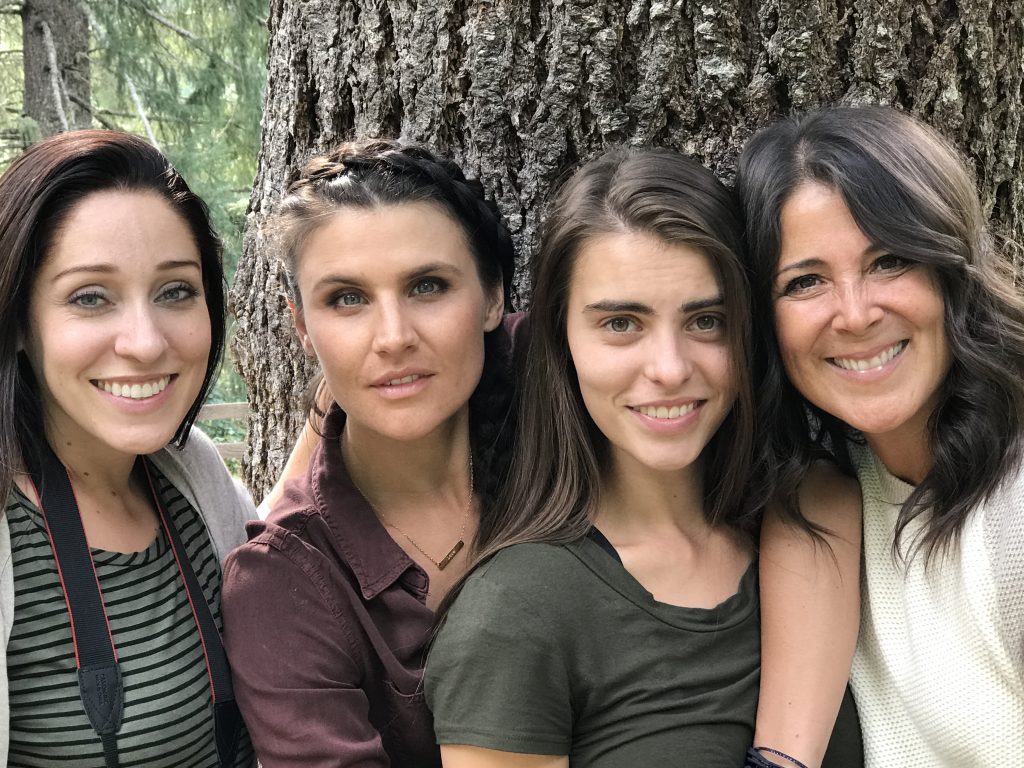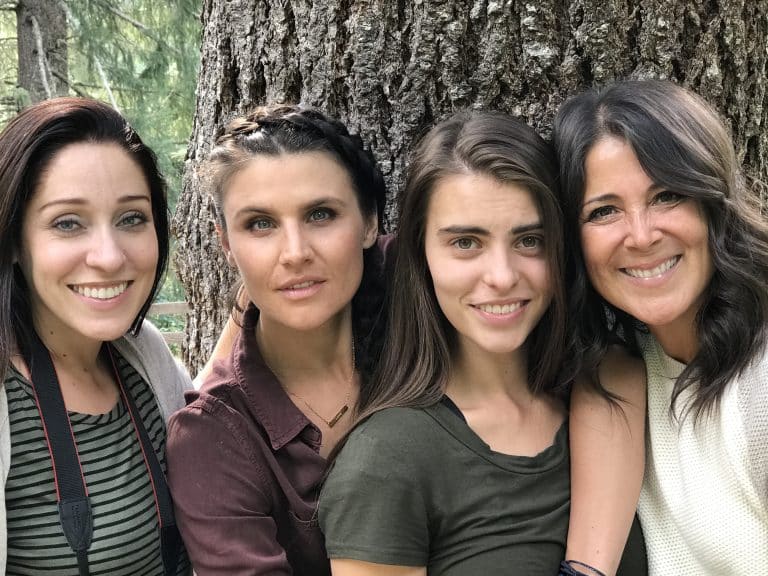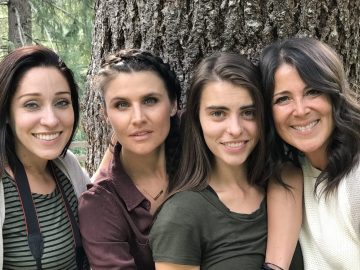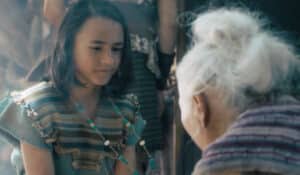
By Miriam Bay Sweeney
The committee was questioning their own earlier decision. They’d originally wanted to depart from scriptural text in the script of the videos in production for The Book of Mormon. But some doubted that route. Where do you draw the line, after all, when creating an artistic visualization of the scriptures? Isn’t it a little presumptuous to add in your own words?
Christina Torriente, a director, spoke up: “I’m grateful we’re considering adding dialogue. Otherwise, the only words we’d hear from a woman’s mouth would be Sariah complaining.”
The committee exchanged glances. There was no more indecision. They would include added dialogue.
—
When I was cast in the first season of the Book of Mormon videos, I was told to study 1 Nephi 1 – 17 in the months leading up to production. I was eager to immerse myself in my role, but I retained a healthy dose of skepticism. My role, Ruth, was never named in the Book of Mormon. Her existence was only suggested in 1 Nephi 7:6—Ishmael had two sons, and they and their families rebelled against Nephi on their way out of Jerusalem. So it was assumed that both the sons of Ishmael were married, and Ruth was created as the wife of the younger son of Ishmael. As I began my preparations with Nephi’s report of having been born of goodly parents, I couldn’t help but doubt that I’d find much about my character in those pages.
Filming started in June. I was wide-eyed and soaking in the movie production world in general. Sure, you had to arrive on set by 5:30 a.m. most days (to say nothing of how early the costumers, makeup artists, assistants, directors, etc. had to be there), but you could have a made-to-order omelette for breakfast! And golf carts would be waiting to ferry you back to the costume trailer! It was fairly magical. But made to order omelettes were trivial compared to what we all worked together to create.
There’s so much I could tell you about the power of women in this production. The actors drew upon their own vivid experiences to create profound, real characters. Being on that set breathed life into the families of Lehi and Sariah and Ishmael and his wife like I’ve never felt it. We know Nephi had sisters, but in this production, it was decided that his sisters had married the two sons of Ishmael (making my character Nephi’s older sister), thus explaining why Lehi and Sariah pointed their children back to Jerusalem to get Ishmael’s family in particular. We know Laman and Lemuel rebelled against Nephi and his staunch adherence to what they saw as their father’s extremism, but in this production, we see the influence—both towards peace and away from it—that the women they loved had on those actions. And we know that Nephi escaped with his family “and all those who would go with me” into the wilderness when he received a warning from the Lord, but in this production, we see the pain the separation caused both those who chose to go and those who chose to stay.
My character matured into oblivion along with all of Nephi’s generation about halfway through season two, so I only spent a few weeks over the course of two summers in this alternate reality. But it taught me something I intend to cling to. The lack of women’s voices in the scriptures is not an indiction of a distinction of worth between the sexes. It is not indicative of a lesser likelihood of women’s close relationship with God. It is indicative of the cultural context in which the events and feelings of the authors lived.
Performance is sacred. We experience religious performance through ordinances, the most performed of which being the temple endowment. Performance can be educational and worshipful. It can contribute to defining an identity. And it erects a lens through which we can appreciate any story. I’m so glad that the men and women working to interpret scripture stories through this production have a vested interest in amplifying women’s experiences.
Miriam lives in Madison, Wisconsin, where she’s always looking for excuses to talk and write about theology, human communication, and social impact entrepreneurship. All her passions revolve around telling stories.






5 Responses
This is so cool! Where can we watch this series and when?
Hi Abby, I watched the first video on Youtube. https://www.youtube.com/user/mormonLatvian/videos They’ll be putting a new video every Friday.
I really liked the first video! I’m excited to see the next ones, especially when more women show up.
I love hearing how the unnamed, voiceless women of the Book of Mormon were given names, lines, and stories of their own! It feels a little like Mormon midrash to do this and it really speaks to me in how it encourages us to see the women between the lines and margins as full people.
I enjoyed this, thanks for sharing your perspective. “It is indicative of the cultural context in which the events and feelings of the authors lived.” This is true of then as it is today: yes, we updated these stories to include women’s voices because we value women’s voices now. That we include them tells us something about our culture. But it makes even starker the instances (and conferences, and councils, and manuals) where we still don’t include women’s voices in 2019 (or at least don’t include them anywhere remotely near a parity with men’s voices- I’m looking at you, two female speakers in the general sessions of conference). That says something about us today.